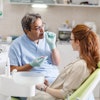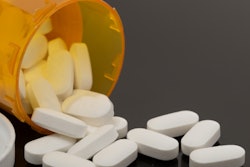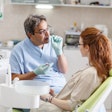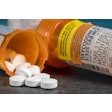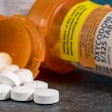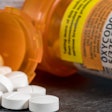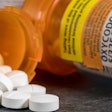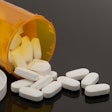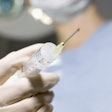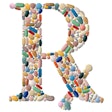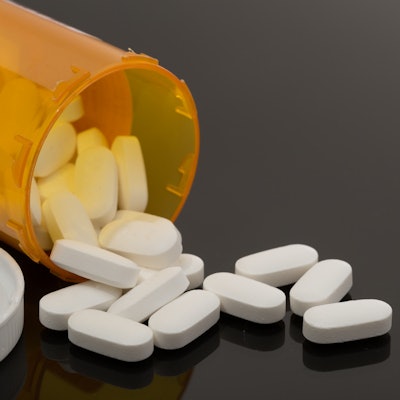
The percentages of oral health and dentist visits are about the same in the U.S. and England, but what about the rates of opioid prescriptions? Researchers conducted an international study to find out.
Researchers conducted a cross-sectional study of opioid prescriptions by dentists in the U.S. and England over a year. They reported that the proportion of prescriptions written by U.S. dentists was 37 times greater than those written by English dentists. The study was published in JAMA Network Open on May 24.
"The substantial differences observed strongly suggest that opioid prescribing by U.S. dentists is excessive and could be contributing to the opioid epidemic," wrote the authors, led by Katie Suda, PharmD. Suda is an associate professor of pharmacy systems, outcomes, and policy at the University of Illinois at Chicago College of Pharmacy.
Significant differences
Dentists accounted for 6.4% of all opioid prescriptions in the U.S. in 2012, according to a study in the American Journal of Preventive Medicine (September 2015, Vol 49:3, pp. 409-413). Researchers wondered if the proportion of prescriptions for opioids by dentists was similar in the U.S. and England.
They conducted a cross-sectional study of opioid prescriptions dispensed from outpatient pharmacies and healthcare settings between January 1 and December 31, 2016, by dentists in the U.S. and England.
“The substantial differences observed strongly suggest that opioid prescribing by U.S. dentists is excessive and could be contributing to the opioid epidemic.”
In 2016, the proportion of prescriptions written by U.S. dentists was 37 times greater than the proportion written by English dentists, the researchers reported. They found that 22.3% of U.S. dental prescriptions were for opioids (11.4 million prescriptions) compared with 0.6% of English dental prescriptions (28,082 prescriptions), for a difference of 21.7% (p < 0.001; 95% confidence interval, 13.8%-32.1%).
U.S. dentists had both a higher number of opioid prescriptions per 1,000 population (35.4 versus 0.5) and opioid prescriptions per dentist (58.2 compared with 1.2), the study authors noted.
When the researchers compared which pain management medications were prescribed, they also found differences between U.S. and English dentists:
- English dentists only prescribed the codeine derivative dihydrocodeine.
- U.S. dentists prescribed a range of opioids containing hydrocodone (62.3%), codeine (23.2%), oxycodone (9.1%), and tramadol (4.8%).
Prescription strategies
The study authors noted that the English data were limited to patients receiving medications through the U.K.'s National Health Service. They also stated that patient- and visit-level data were not available, meaning they were unable to determine the appropriateness of prescribing.
However, the researchers concluded that their findings suggested that strategies should be implemented to aid dentists in the judicious prescribing of opioids.
"To see such a difference between two groups of dentists in countries with similar oral health and use of dentists is an indicator that opioid prescribing practices in the U.S. warrant a second look," Suda noted in a statement released by the University of Illinois at Chicago.

